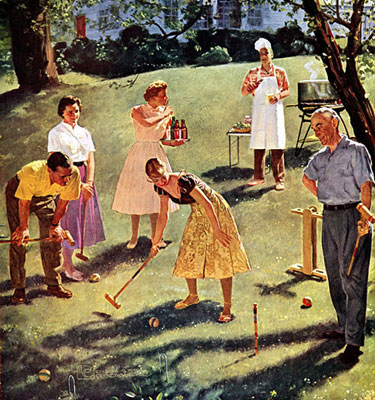|
I've always associated the color orange with Thanksgiving. Before I moved to California, I lived in a house with a huge tree out front that turned a flaming shade of the color every autumn. And by Thanksgiving, I was so sick of raking up those dead orange leaves that I didn't care whether I ever saw that color again. Granted, that little phobia didn't do much for the color scheme on my holiday table, but back then that seemed a small trade-off. Today, of course, I live where leaves have the good sense to stay on the trees almost year-round. Now, thankfully, I can enjoy the orange colors of autumn right where they belong -- on my dinner plate. Some of the sweetest and most distinctive tastes of fall come in the color orange: pumpkins and other winter squash, sweet potatoes, persimmons, the first mandarins. |

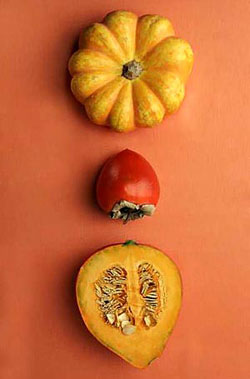
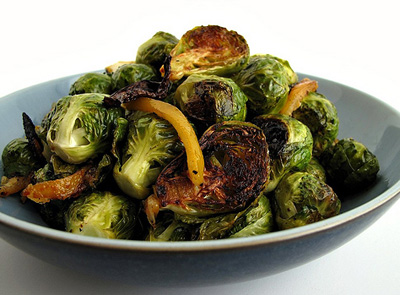 Fall produce isn't just about pumpkins and squash, which is what most people assume. Other vegetables, too, reach their prime in the fall. Right now you'll find a host of cabbages in season, including the entire family—cauliflower, broccoli, and Brussels sprouts, which are my personal favorite. These mini cabbages are so adorable—I just wish more people liked them.
Fall produce isn't just about pumpkins and squash, which is what most people assume. Other vegetables, too, reach their prime in the fall. Right now you'll find a host of cabbages in season, including the entire family—cauliflower, broccoli, and Brussels sprouts, which are my personal favorite. These mini cabbages are so adorable—I just wish more people liked them. We can't think of many things we like better than
We can't think of many things we like better than 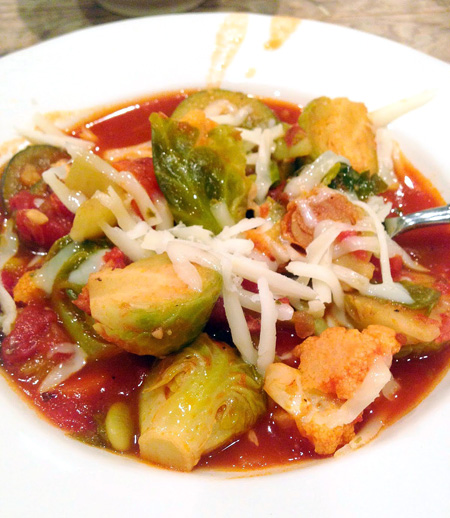 Roast em and stew em - that's all there is too em!
Roast em and stew em - that's all there is too em!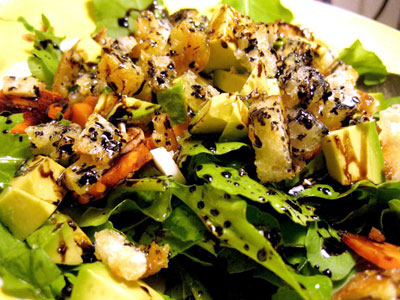 When you're pressed for time, the last thing most people want to do is cook. Coming home after a hard day at the office or dealing with kids and errands, the kitchen can seem unwelcoming.
When you're pressed for time, the last thing most people want to do is cook. Coming home after a hard day at the office or dealing with kids and errands, the kitchen can seem unwelcoming.